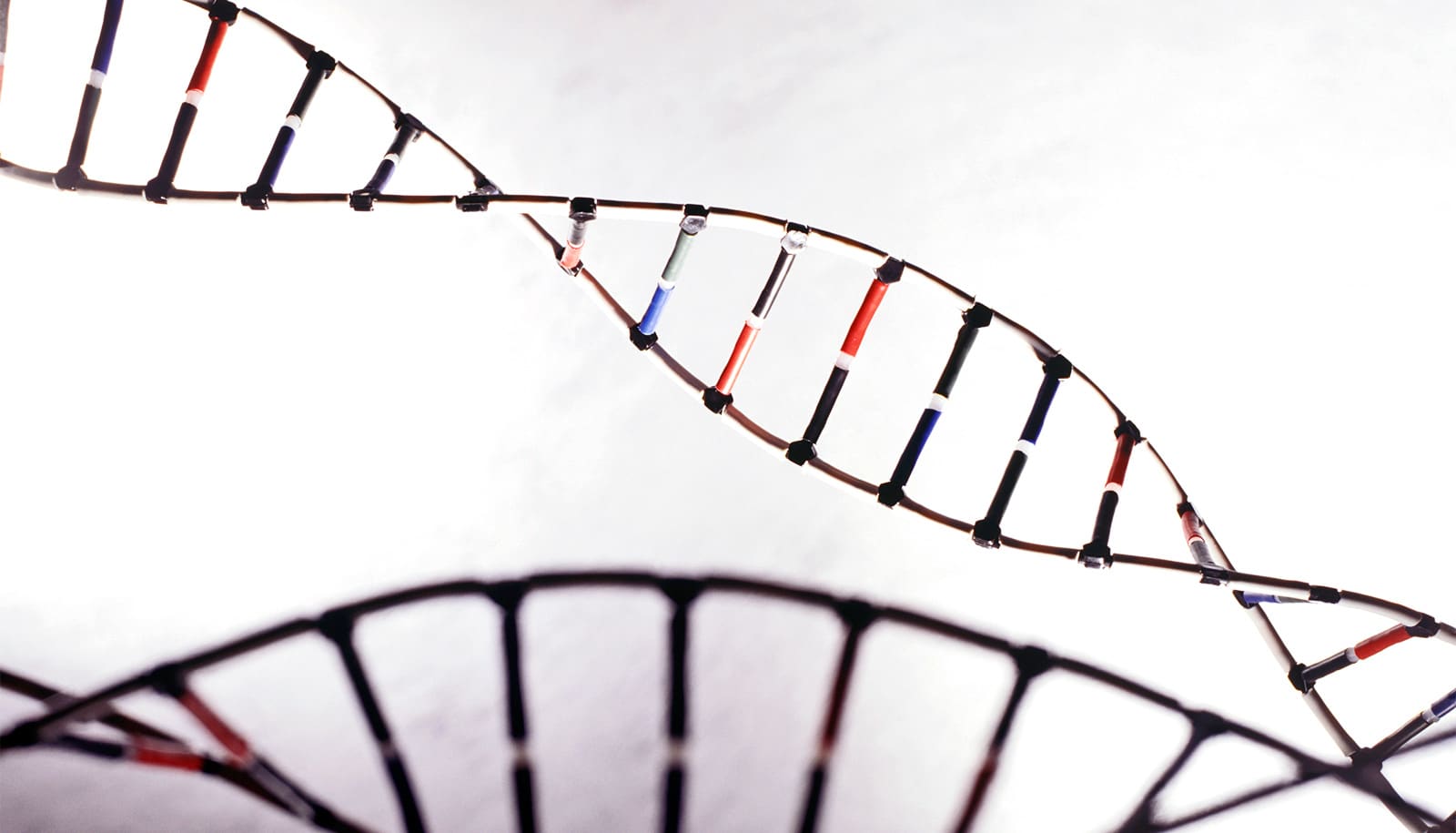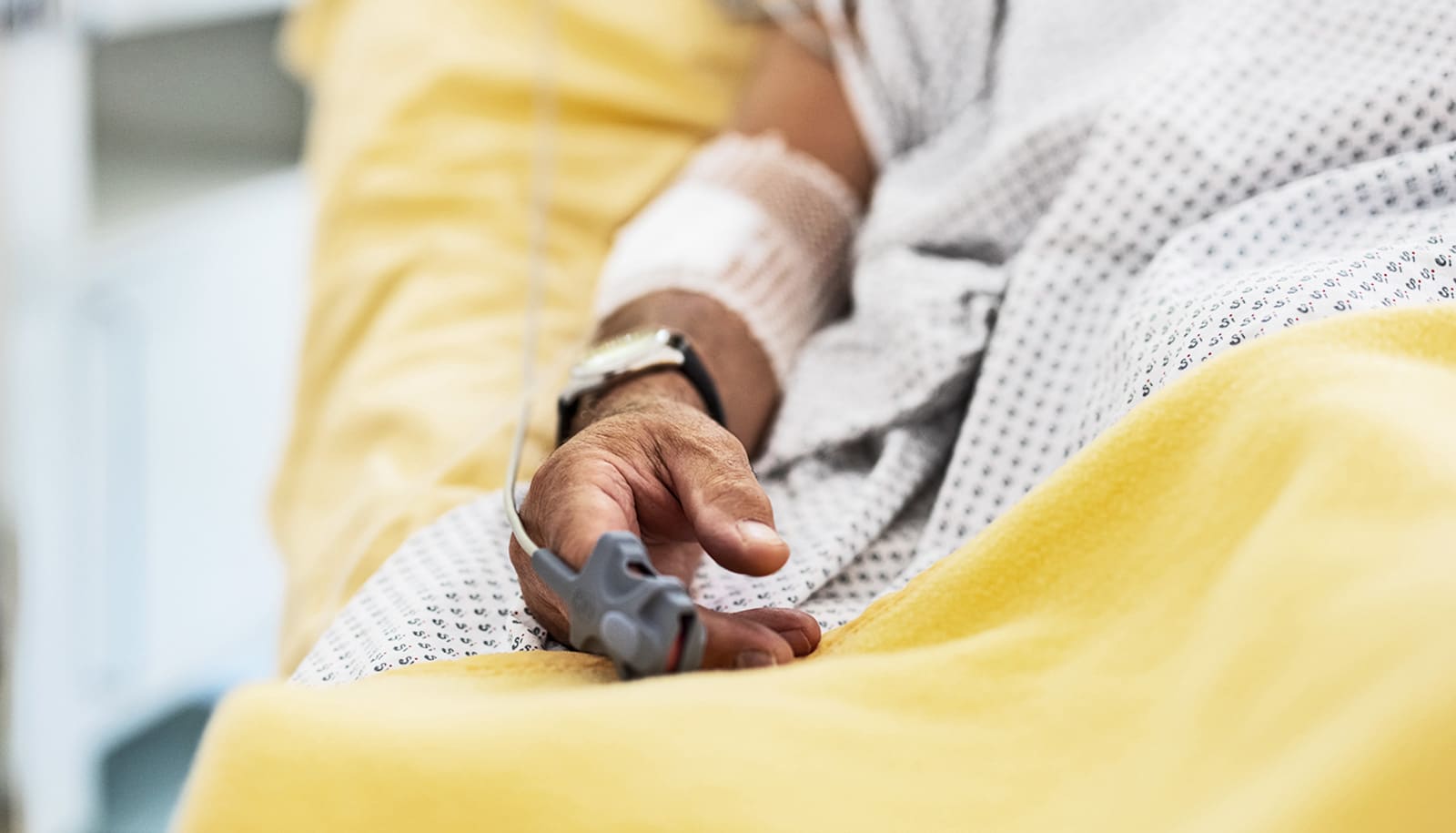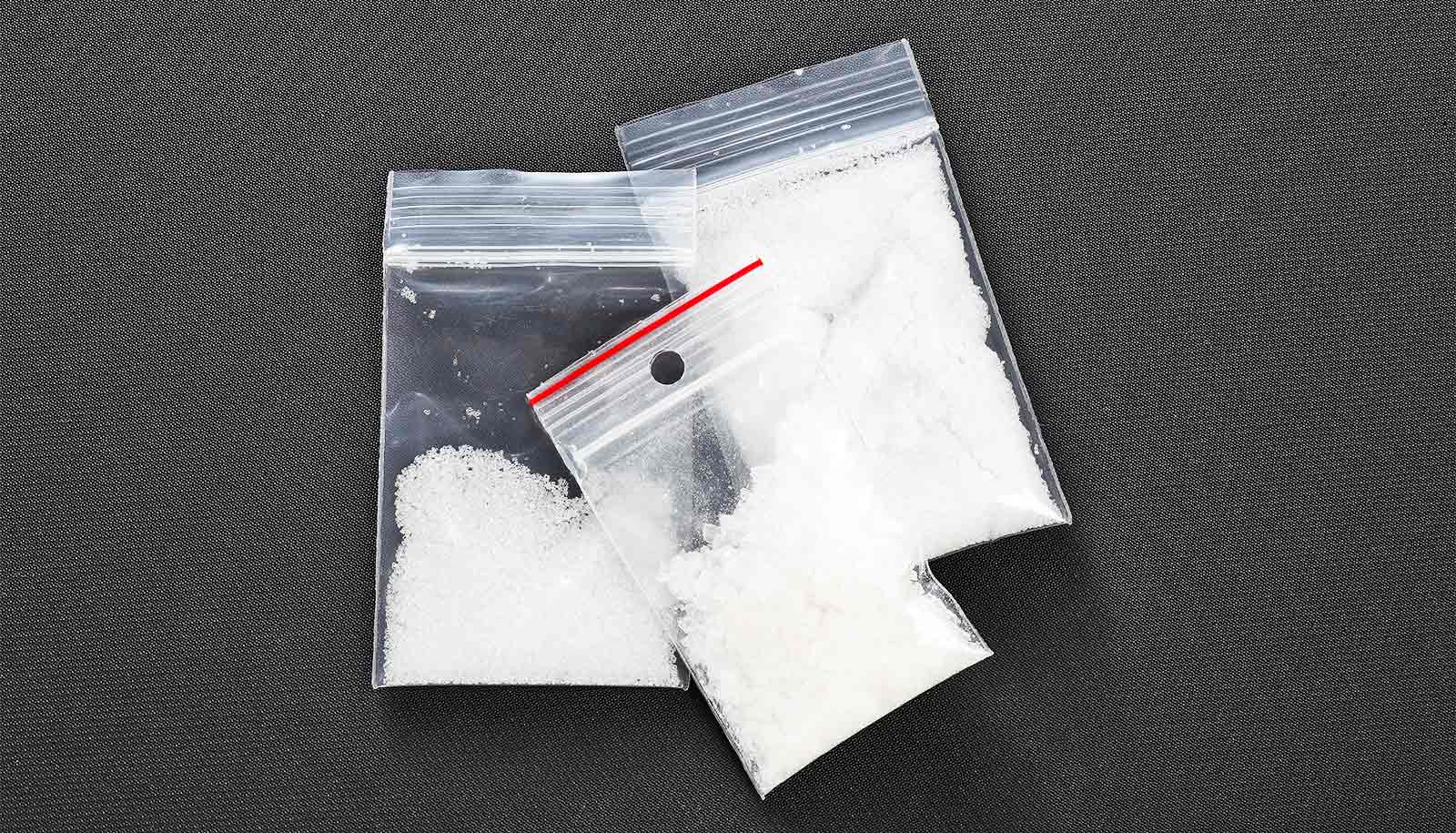DNA’s ability to act like an electrical wire plays a part in how it replicates, new research shows.
In the early 1990s, Jacqueline Barton, professor of chemistry at Caltech, discovered an unexpected property of DNA—that it can act like an electrical wire to transfer electrons quickly across long distances. Later, she and colleagues showed that cells take advantage of this trait to help locate and repair potentially harmful mutations to DNA.
Now, Barton’s lab has shown that this wire-like property of DNA is also involved in a different critical cellular function. When cells divide and replicate themselves in our bodies—for example in the brain, heart, bone marrow, and fingernails—the double-stranded helix of DNA is copied. DNA also copies itself in reproductive cells that are passed on to progeny.
The new study, based on work by graduate student Elizabeth O’Brien in collaboration with Walter Chazin’s group at Vanderbilt University, offers evidence that a key protein required for replicating DNA depends on electrons traveling through DNA.
“Nature is the best chemist and knows exactly how to take advantage of DNA electron-transport chemistry,” says Barton.
“The electron transfer process in DNA occurs very quickly,” says O’Brien, lead author of the study in Science. “It makes sense that the cell would utilize this quick-acting pathway to regulate DNA replication, which necessarily is a very rapid process.”
New device could lead to tiny ‘DNA photocopiers’
The researchers found their first clue that DNA replication might involve the transport of electrons through the double helix by taking a closer look at the proteins involved. Two of the main players in DNA replication, critical at the start of the process, are the proteins DNA primase and DNA polymerase alpha. DNA primase typically binds to single-stranded, uncoiled DNA to begin the replication process. It creates a “primer” made of RNA to help DNA polymerase alpha start its job of copying the single strand of DNA to create a new segment of double-helical DNA.
DNA primase and DNA polymerase alpha molecules both contain iron-sulfur clusters. Barton and her colleagues previously discovered that these metal clusters are crucial for DNA electron transport in DNA repair. In DNA repair, specific proteins send electrons down the double helix to other DNA-bound repair proteins as a way to “test the line,” so to speak, and make sure there are no mutations in the DNA. If there are mutations, the line is essentially broken, alerting the cell that mutations are in need of repair. The iron-sulfur clusters in the DNA repair proteins are responsible for donating and accepting traveling electrons.
Barton and her group wanted to know if the iron-sulfur clusters were doing something similar in the DNA-replication proteins.
“We knew the iron-sulfur clusters must be doing something in the DNA-replication proteins, otherwise why would they be there? Iron can damage the DNA, so nature would not have wanted the iron there were it not for a good reason,” says Barton.
How tying DNA in tiny knots could find cancer drugs
Through a series of tests in which mutations were introduced into the DNA primase protein, the researchers showed that this protein needs to be in an oxidized state—which means it has lost electrons—to bind tightly to DNA and participate in DNA electron transport. When the protein is reduced—meaning it has gained electrons—it does not bind tightly to DNA.
“The electronic state of the iron-sulfur cluster in DNA primase acts like an on/off switch to initiate DNA replication,” says O’Brien.
What’s more, the researchers demonstrated that electron transport through DNA plays a role in signaling DNA primase to leave the DNA strand. (Though DNA primase must bind to single-stranded DNA to kick off replication, the process cannot begin in earnest until the protein pops back off the strand).
The scientists propose that the DNA polymerase alpha protein, which sits on the double helix strand, sends electrons down the strand to DNA primase. DNA primase accepts the electrons, becomes reduced, and lets go of the DNA. This donation and acceptance of electrons is done with the help of the iron-sulfur clusters.
“You have to get the DNA primase off the DNA quickly—that really starts the whole replication process,” says Barton. “It’s a hand off of electrons from one cluster to the other through the DNA double helix.”
Many proteins involved in DNA reactions also contain iron-sulfur clusters and may also play roles in DNA electron transport chemistry, Barton says. What began as a fundamental question 25 years ago about whether DNA could support migration of electrons continues to lead to new questions about the chemical workings of cells. “That’s the wonder of basic research,” she says. “You start with one question and the answer leads you to new questions and new areas.”
Funding for the work came from the National Institutes of Health.
Source: Caltech



